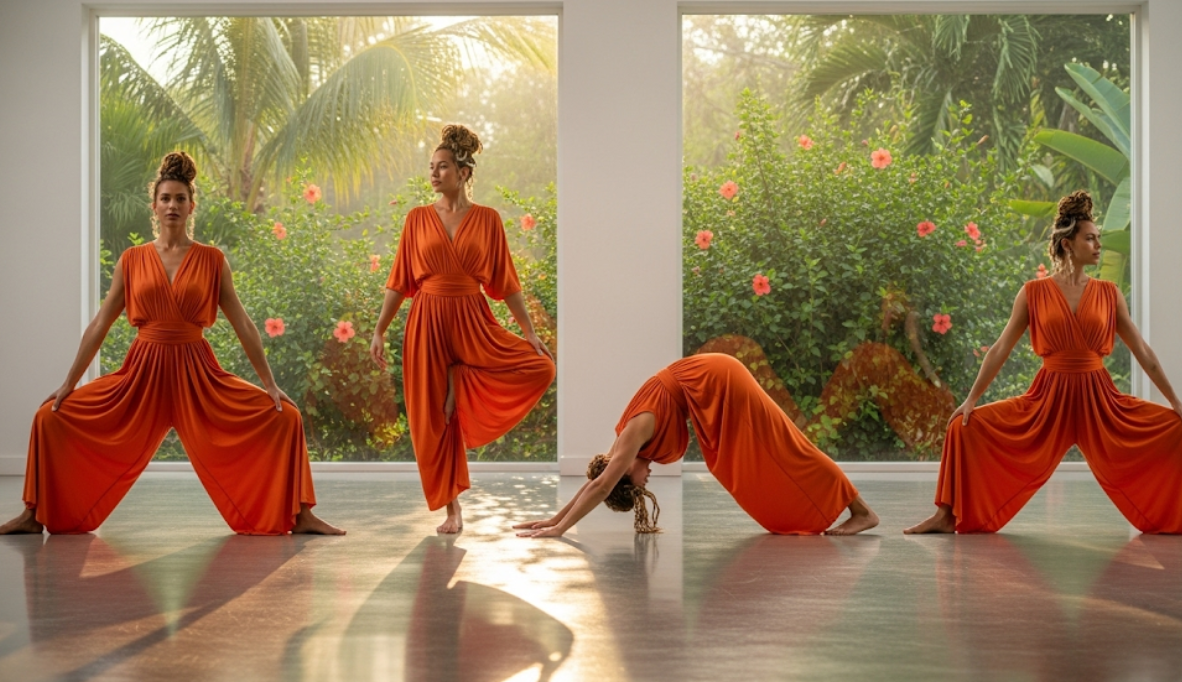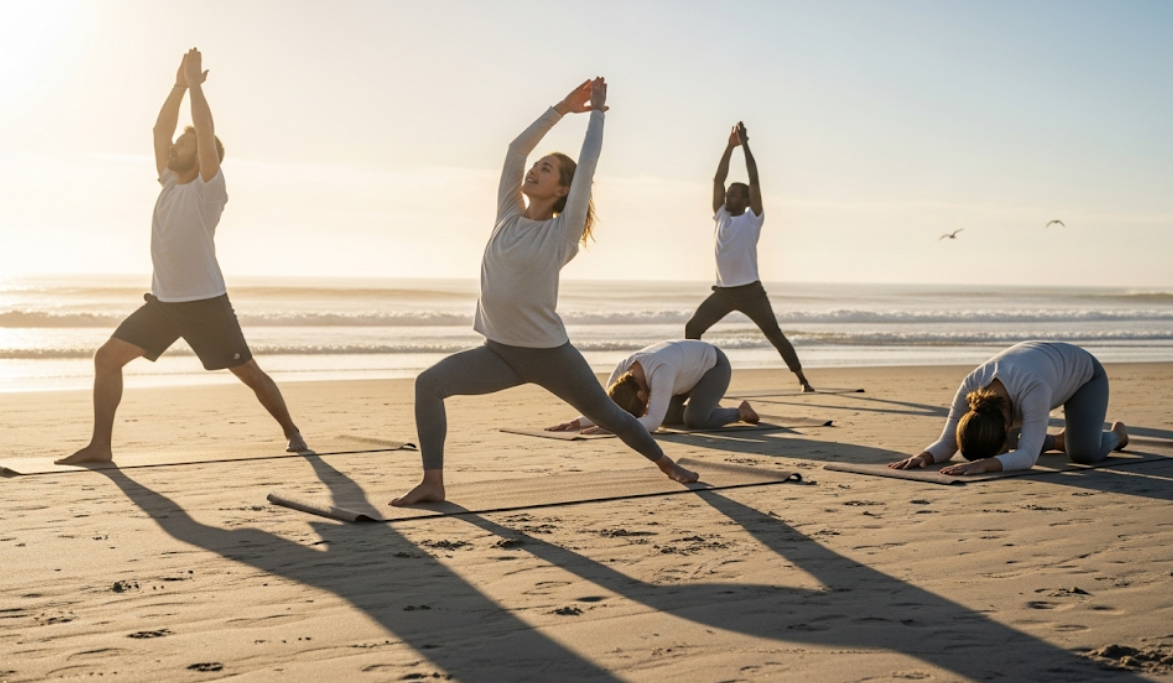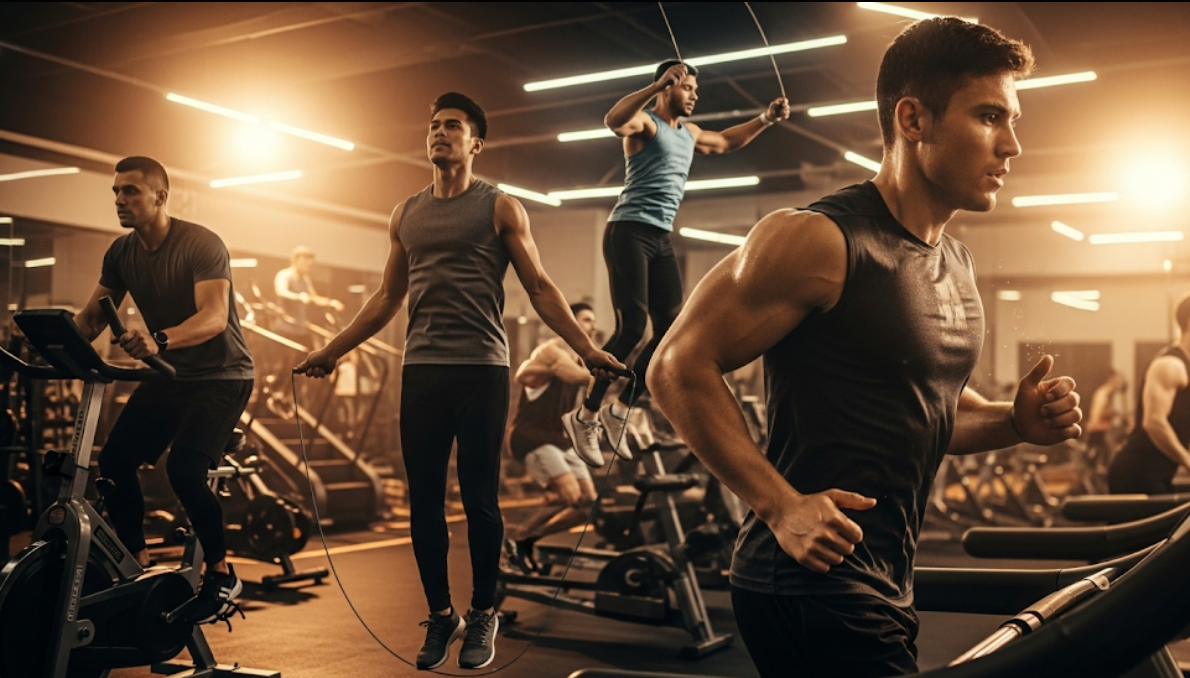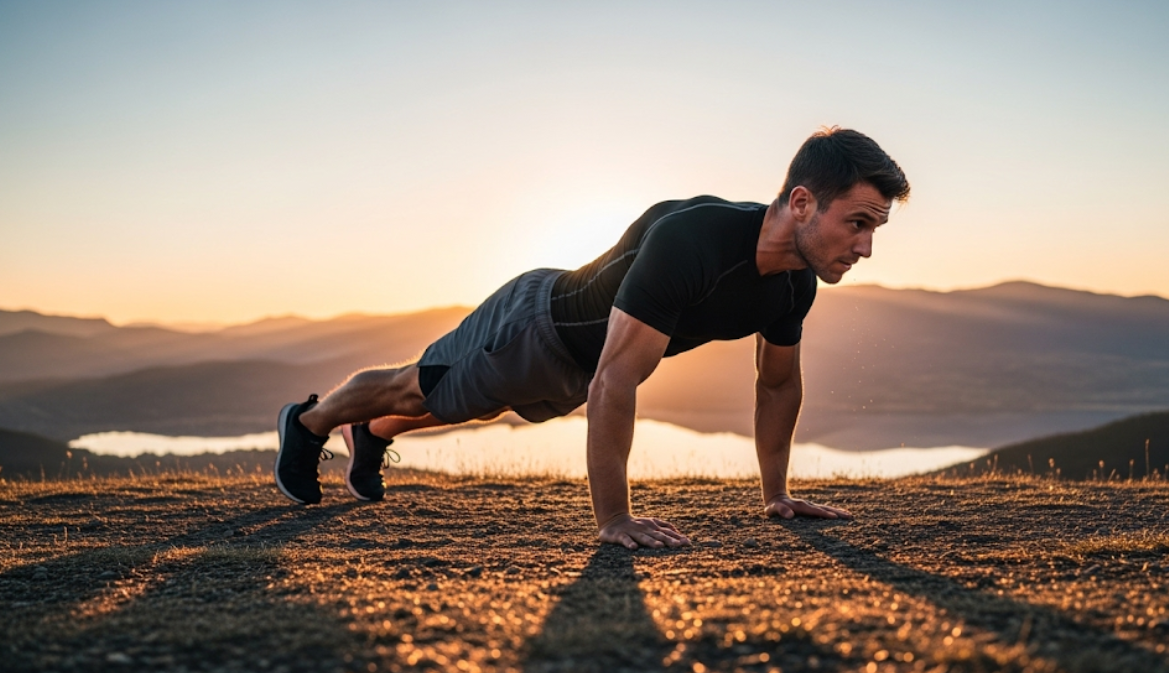Yoga may look difficult when you see advanced practitioners bending like pretzels 😅, but the truth is, yoga starts simple. You don’t need fancy mats, a special studio, or expensive gear to begin. All you need is your body, some patience, and a calm mind.
If you’re a beginner, you might feel a little nervous. But don’t worry—these 7 yoga poses are super easy and beginner-friendly. They’ll help you feel more relaxed, improve flexibility, and slowly build strength. Let’s go step by step.
Why start with simple yoga poses?
When people start something new, the biggest mistake they make is rushing. Yoga is about balance, not speed. Simple poses allow your body to adapt. They give you a chance to learn correct breathing, posture, and alignment before moving to advanced levels.
Also, these poses can reduce stress, help with posture (if you sit at a desk for hours 🖥️), and even improve sleep.
1. Mountain Pose (Tadasana)
Think of this as the foundation of yoga. It looks simple because you’re just standing, but it’s about awareness.
How to do it:
Stand tall with feet together.
Keep arms by your side, palms facing forward.
Take a deep breath and feel the weight evenly spread on both feet.
Relax your shoulders and keep your chin slightly lifted.
Benefits: Improves posture, strengthens legs, and gives you a sense of balance.
2. Child’s Pose (Balasana)
This is a resting pose that feels like a hug for your body 🤗. It’s perfect if you’re stressed or tired.
How to do it:
Kneel on the floor and sit on your heels.
Bend forward and stretch your arms in front of you.
Rest your forehead on the mat and breathe deeply.
Benefits: Relieves back pain, calms the mind, and stretches hips and thighs.
3. Downward Facing Dog (Adho Mukha Svanasana)
This is probably the most recognized yoga pose. It stretches your entire body.
How to do it:
Start on hands and knees.
Lift your hips up and straighten your legs, forming an inverted “V” shape.
Keep your hands pressed to the floor and heels slightly off the ground.
Breathe slowly.
Benefits: Stretches hamstrings, strengthens arms, and energizes the body.
4. Cat-Cow Pose (Marjaryasana-Bitilasana)
A gentle flow that feels amazing, especially if your back feels stiff.
How to do it:
Start on all fours.
Inhale, arch your back, and lift your head (Cow pose 🐄).
Exhale, round your spine, and tuck your chin (Cat pose 🐈).
Repeat slowly with your breath.
Benefits: Improves flexibility of the spine, relieves tension, and massages abdominal organs.
5. Cobra Pose (Bhujangasana)
This one helps open the chest and makes breathing easier.
How to do it:
Lie flat on your stomach.
Place palms near your shoulders.
Press your hands and lift your chest up while keeping elbows bent.
Look forward and breathe.
Benefits: Strengthens back muscles, stretches chest and shoulders, reduces stiffness.
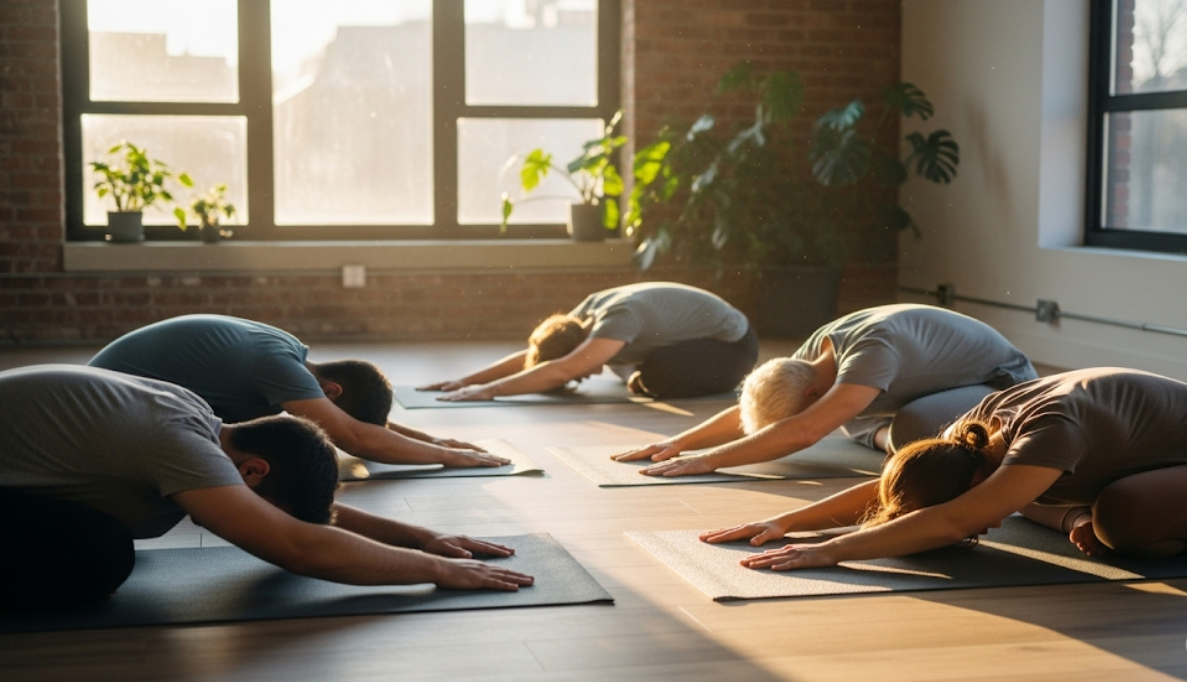
6. Tree Pose (Vrikshasana)
A fun balancing pose that improves focus. Don’t worry if you wobble—it’s part of the practice 🌳.
How to do it:
Stand straight, shift weight to one leg.
Place the other foot on your inner thigh or calf (not the knee).
Join palms together in prayer position.
Breathe slowly and focus on a point in front of you.
Benefits: Improves balance, strengthens legs, and calms the mind.
7. Seated Forward Bend (Paschimottanasana)
A great stretch for beginners to relax the back and hamstrings.
How to do it:
Sit with legs straight in front of you.
Inhale, stretch arms upward.
Exhale, bend forward and reach for your toes.
Don’t force—just go as far as comfortable.
Benefits: Relieves stress, stretches the spine, and improves digestion.
Quick Comparison Table for Beginners
| Pose Name | Difficulty | Key Benefit | Best Time to Try |
|---|---|---|---|
| Mountain Pose | Easy | Improves posture | Anytime |
| Child’s Pose | Very Easy | Relieves stress | Evening/Before bed |
| Downward Dog | Moderate | Full body stretch | Morning |
| Cat-Cow Pose | Easy | Spine flexibility | Anytime |
| Cobra Pose | Easy | Strengthens back | Morning |
| Tree Pose | Moderate | Improves balance | Anytime |
| Seated Forward Bend | Easy | Calms mind, digestion | Evening |
Tips for Beginners
Don’t push yourself too hard—listen to your body.
Focus on breathing. Inhale deeply, exhale slowly.
Use a yoga mat or even a carpet for comfort.
Practice regularly, even 10–15 minutes daily works.
Remember: yoga is not about perfection, it’s about progress 🙏.
Common Mistakes to Avoid
Holding your breath (always breathe naturally).
Forcing your body into poses.
Skipping warm-up.
Comparing yourself to others (everyone’s flexibility is different).
FAQs about Yoga for Beginners
Q1: How many minutes should a beginner do yoga daily?
Even 10–20 minutes is enough when starting. Consistency matters more than long sessions.
Q2: Do I need to be flexible to start yoga?
Not at all! Yoga helps you become flexible over time.
Q3: Can yoga help with stress?
Yes, yoga lowers stress levels by calming the nervous system and focusing on breath.
Q4: Is it okay to do yoga without a teacher?
Yes, if you follow safe and simple poses (like the ones above). But if possible, attend a class to learn correct posture.
Q5: What time of day is best for yoga?
Morning is great because it energizes you for the day. But if evenings are more convenient, that works too.
Final Words
Starting yoga doesn’t need to be overwhelming. These 7 simple poses are the perfect way to begin your journey. Remember, it’s not about touching your toes or standing on your head—it’s about connecting your body and mind. Take it slow, smile while practicing, and enjoy the small improvements each day 🌸.
